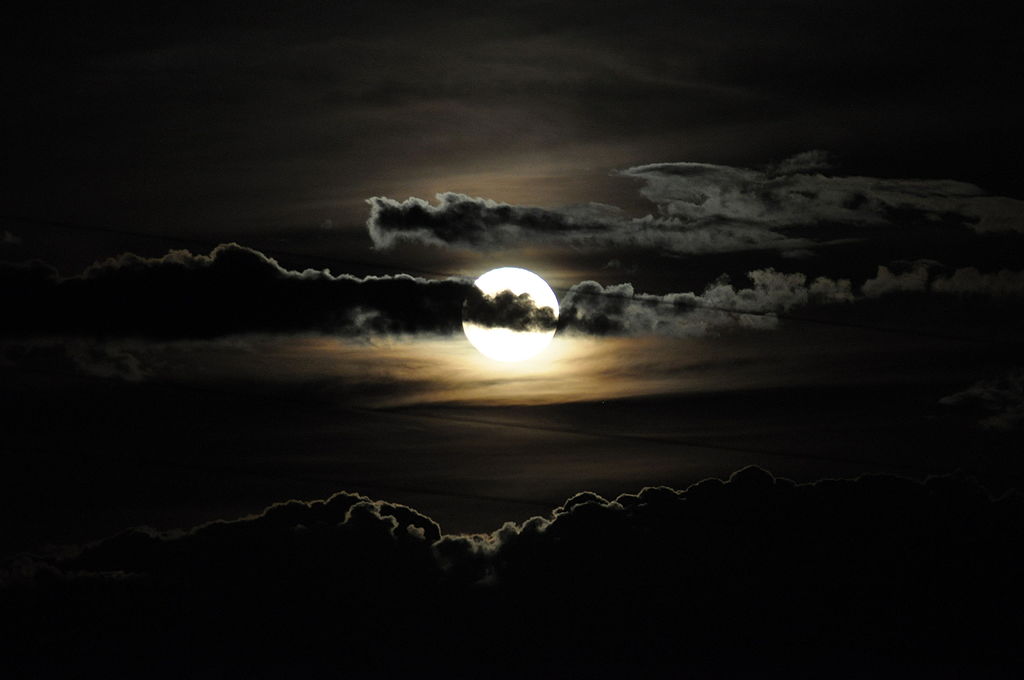Though traces of Jewish mystical traditions can be found from the late Second Temple period (536 BCE -70 CE), most scholars begin their histories of Jewish mysticism around the first century of the first millennium.
Merkavah mysticism was the main strand of early Jewish mysticism. Merkavah mystics attempted to achieve a vision of the divine throne, or chariot (“merkavah”), described in the first chapter of the biblical book of Ezekiel. This type of mysticism is discussed in traditional rabbinic literature (the Talmud and midrash) and also in mystical texts known as heikhalot literature.
In rabbinic literature, compiled between the 2nd and 6th centuries, interpreting and expounding the is often presented as the means (among other things) to perceiving the divine throne. A committed scholar who studies Torah for its own sake can experience a mystical transformation that allows him to achieve this mystical vision. According to one account: “If [on Judgement Day] one appears who possesses proficiency in the study of Talmud, the Holy One, Blessed Be He, asks him, ‘My son, since you did occupy yourself with the study of the Talmud, did you gaze upon the Merkavah?’”
Rabbinic texts like this preceded heikhalot literature. They represent a version of what scholar Moshe Idel calls moderate mysticism, as they encourage traditional Jewish practices like Torah study. Idel considers moderate mysticisms like the rabbinic merkavah tradition to be “safe,” because they avoid nontraditional methods that could be viewed as heretical and stay clear of experiential attempts at ecstasy that can have damaging effects on unprepared mystics.

Help us keep Jewish knowledge accessible to millions of people around the world.
Your donation to My Jewish Learning fuels endless journeys of Jewish discovery. With your help, My Jewish Learning can continue to provide nonstop opportunities for learning, connection and growth.
In contrast, heikhalot literature, most of which was edited between the 3rd and 6th centuries, represents what Idel refers to as intensive mysticism, a more “dangerous” form of mysticism. Heikhalot mystics also tried to perceive the divine throne, but they employed non-normative Jewish practices such as chanting magical hymns and recitating divine names. Heikhalot literature describes how these practices helped the mystics ascend into a system of heavens and antechambers that surround the divine throne. Angels stand at the doors of these antechambers and serve as bouncers, checking the spiritual credentials of the mystics who wish to enter. Unprepared mystics who attempt to ascend to higher mystical rungs can be killed by these angels.
At the same time that merkavah mystics were attempting to perceive the divine throne, another form of mysticism was emerging. This type of mysticism, found in books such as Sefer Yetzirah and B’raita d’Ma’aseh Bereishit, focus on the mysteries of creation. The latter book gives a detailed account of each day of creation, embellishing the narrative found in Genesis 1 with, among other things, a description of God’s residence in the “upper worlds.” Sefer Yetzirah is a brief book that had an enormous influence on future Jewish mysticism.
According to Sefer Yetzirah, God created the world by manipulating the 22 letters of the Hebrew alphabet along with 10 primordial numbers. These 10 numbers are referred to as sefirot (emanations, or countings) The sefirot represent those attributes of God that are understandable to human beings. However, they are dynamic attributes, changing and moving, reacting both to each other and to human activity.
Merkavah mysticism and creation mysticism served as important foundations for kabbalah, the medieval mystical tradition that would forever change Judaism.



